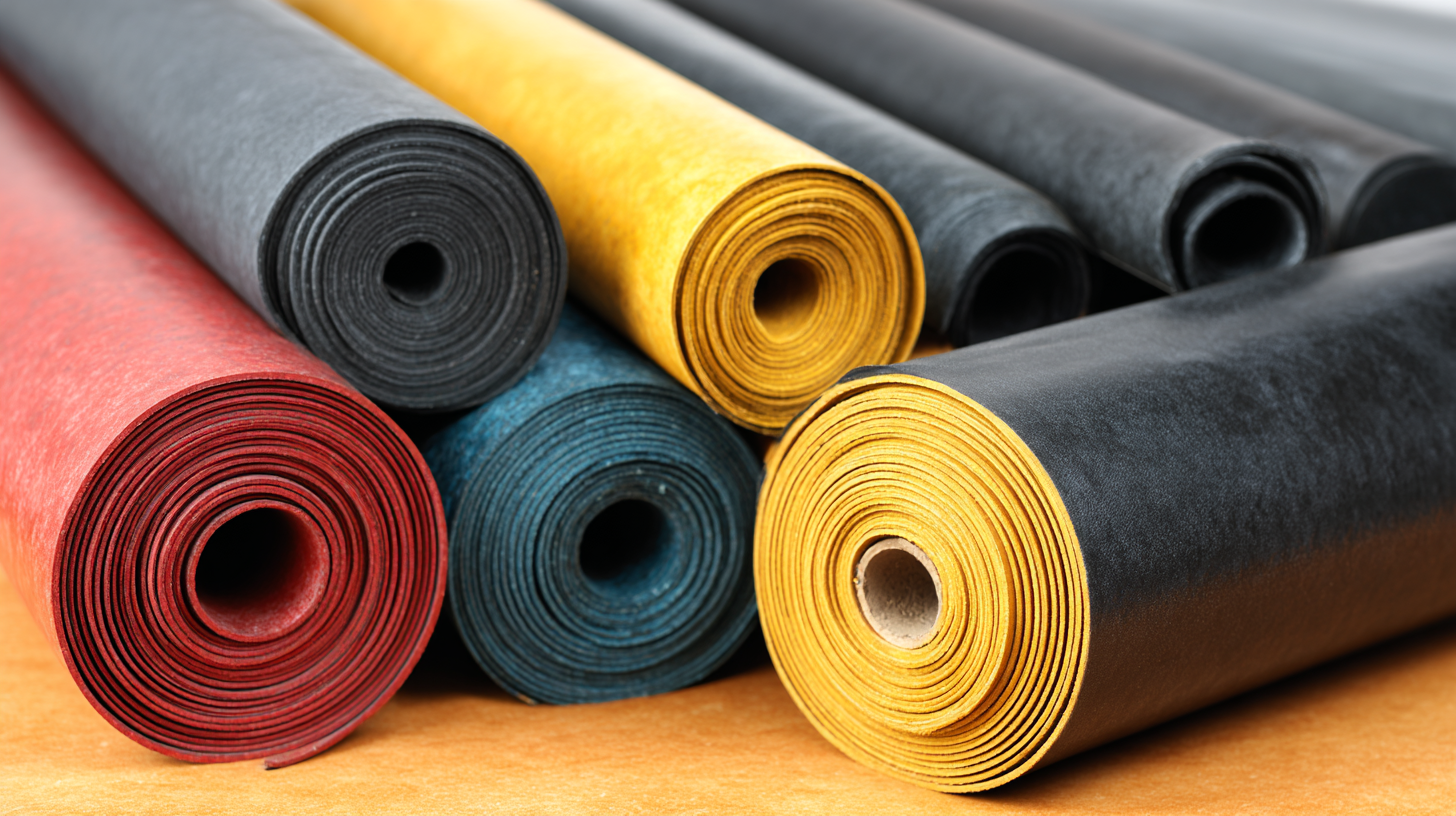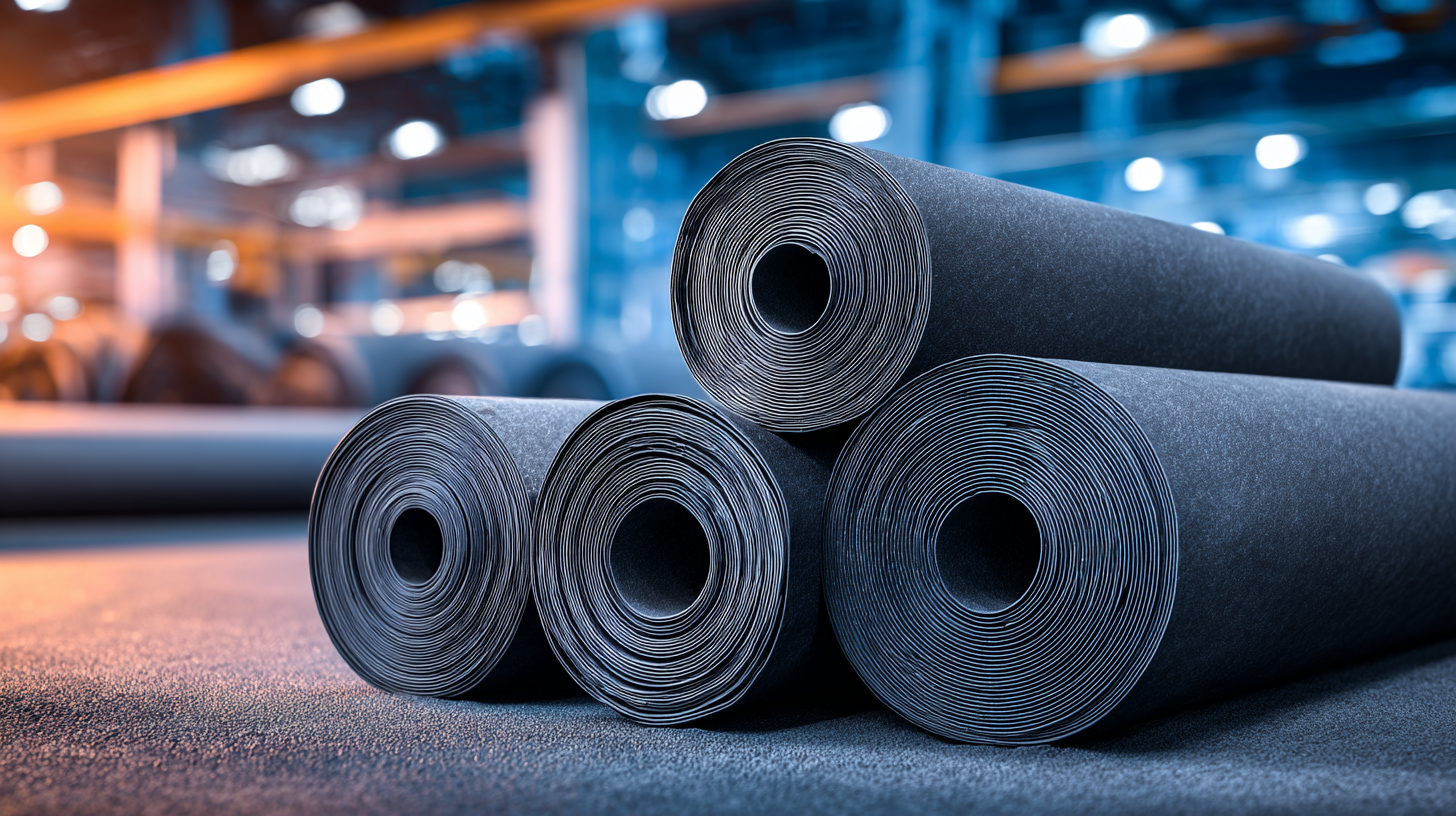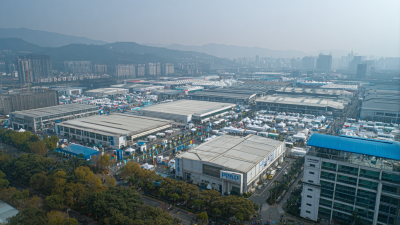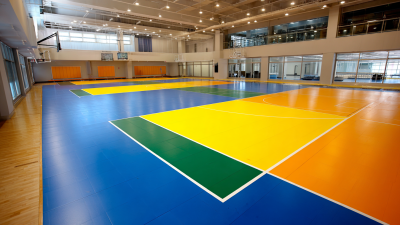
-
Home
-
About Us
-
Products
-
Solution
-
Accessories Service
-
Technicial Service
-
Additional Service
-
News
-
Blog
-
Contact Us
Leave Your Message

Choosing the right Rubber Roll for your industrial needs can significantly impact your operational efficiency and product quality. According to recent industry reports, rubber rollers account for approximately 25% of the total material costs in manufacturing processes, underscoring the importance of selecting the appropriate type for specific applications. Factors such as durometer, material composition, and surface finish can affect both the performance and lifespan of a rubber roll. Additionally, research indicates that companies that invest in high-quality rubber rolls experience up to a 30% reduction in downtime due to fewer replacements and maintenance needs. With a diverse range of options available in the market today, understanding the nuances of rubber roll selection is essential for optimizing manufacturing operations and ensuring a competitive edge in the industry.

When selecting a rubber roll for industrial applications, it is crucial to understand the various types and their specific uses. Rubber rolls come in different formulations, such as natural rubber, neoprene, and polyurethane, each offering unique advantages. Natural rubber is known for its excellent elasticity and resilience, making it ideal for applications requiring flexibility and durability. Neoprene, on the other hand, is highly resistant to ozone and weathering, making it suitable for outdoor use and environments where exposure to chemicals is a concern.
In addition to material considerations, the hardness of rubber rolls is significant, measured in Shore A durometer. Softer rubber rolls provide better conformability, making them ideal for applications that involve contact with delicate surfaces or require cushioning. Conversely, harder rubber rolls are better suited for heavy-duty applications requiring resistance to wear and abrasion.
Additionally, different surface finishes, such as smooth, textured, or ribbed, can affect performance based on the application, including slipping resistance and material handling efficiency. Understanding these factors will aid in making an informed choice that aligns with specific industrial needs.
When selecting the right rubber roll for your industrial operations, several key factors come into play. The type of material is crucial as different rubbers have varying properties, such as hardness, elasticity, and durability. For instance, natural rubber is known for its excellent abrasion resistance, while synthetic options like neoprene or polyurethane may offer better chemical resistance. Understanding the specific demands of your application can help in making an informed choice.

Tips: Always consider the operating environment where the rubber roll will be used. High-temperature processes may require heat-resistant rubber, whereas corrosive environments necessitate synthetic rubbers designed for chemical resistance. Additionally, assess factors like the size, weight capacity, and surface finish of the roll to ensure it meets your mechanical requirements.
Another important consideration is the supplier's reputation and their ability to customize products. A reliable manufacturer will provide products tailored to your specific needs, ensuring quality and longevity. Moreover, customer service and technical support can make a significant difference, especially if you encounter challenges during installation or use.
Tips: Seek testimonials or case studies regarding the supplier's past projects to gauge their expertise. It's also wise to discuss maintenance schedules and warranties, which can impact the total cost of ownership over time.
When selecting the appropriate rubber roll for industrial applications, evaluating durability and performance characteristics is crucial. Durability is often determined by the rubber's hardness, which can range significantly depending on the application. For high-impact environments, harder rubber compounds can withstand greater wear while providing longer service life. Conversely, softer materials could be more suitable for applications where flexibility and grip are essential. Understanding the specific conditions the rubber roll will be exposed to—such as temperature fluctuations, moisture, and chemical exposure—can significantly influence the choice of material.
Performance characteristics should also be closely examined. Factors such as traction, compression recovery, and abrasion resistance play vital roles in ensuring that rubber rolls operate effectively within their intended environments. For instance, a roll used in a conveyor system may require high traction to prevent slippage, while in a pressing application, the roll needs to maintain its shape under significant load. Evaluating these aspects helps in selecting a rubber roll that not only meets operational demands but also contributes to overall efficiency and safety in industrial processes.
When selecting the right rubber roll for industrial applications, understanding the importance of sizing and customization cannot be overstated. Different industries have varying requirements based on their operational needs, such as load capacity, resistance to temperature or chemicals, and surface texture. According to a report by Grand View Research, the global rubber market was valued at $40.44 billion in 2021, with the industrial application segment growing significantly, highlighting the customizability of rubber rolls in modern manufacturing processes. Failing to consider specific dimensions and the desired properties can lead to inefficiencies, material waste, and increased costs.
**Tips:** Always measure the working environment where the rubber rolls will be used, as accurate sizing ensures compatibility with machinery and processes. Consider consulting with manufacturers who specialize in custom solutions; they can provide insights into the best materials and dimensions for your specific applications.
Customization also involves selecting the right hardness and surface finish. For instance, softer rubber rolls are ideal for sensitive materials where contact damage is a concern, while harder compounds are better suited for rugged tasks. Industry insights from IBISWorld suggest that the demand for specialized rubber products is propelling manufacturers to invest in advanced customization techniques. This ensures that each rubber roll meets the precise requirements of varying industrial environments.
This chart illustrates the importance of sizing and customization for specific industrial uses of rubber rolls. The data indicates how different industrial applications prioritize these factors.
To ensure the longevity of rubber rolls in industrial settings, regular maintenance is key. One important tip is to keep rubber rolls clean by regularly removing debris, dirt, and any residues that may accumulate during operations. A clean surface not only improves performance but also prevents premature wear. It’s advisable to use a mild detergent and water solution, avoiding harsh chemicals that can degrade the rubber material.

Another crucial aspect of maintenance is monitoring the operating conditions of the rubber rolls. High temperatures, excessive loads, and harsh environmental factors can contribute to faster degradation. Conducting regular checks for signs of wear, such as cracks or surface damage, allows for early intervention. Additionally, storing unused rolls in a cool, dry place, away from direct sunlight, will further extend their lifespan. Implementing these practices will significantly enhance the durability and efficiency of rubber rolls in various industrial applications.





